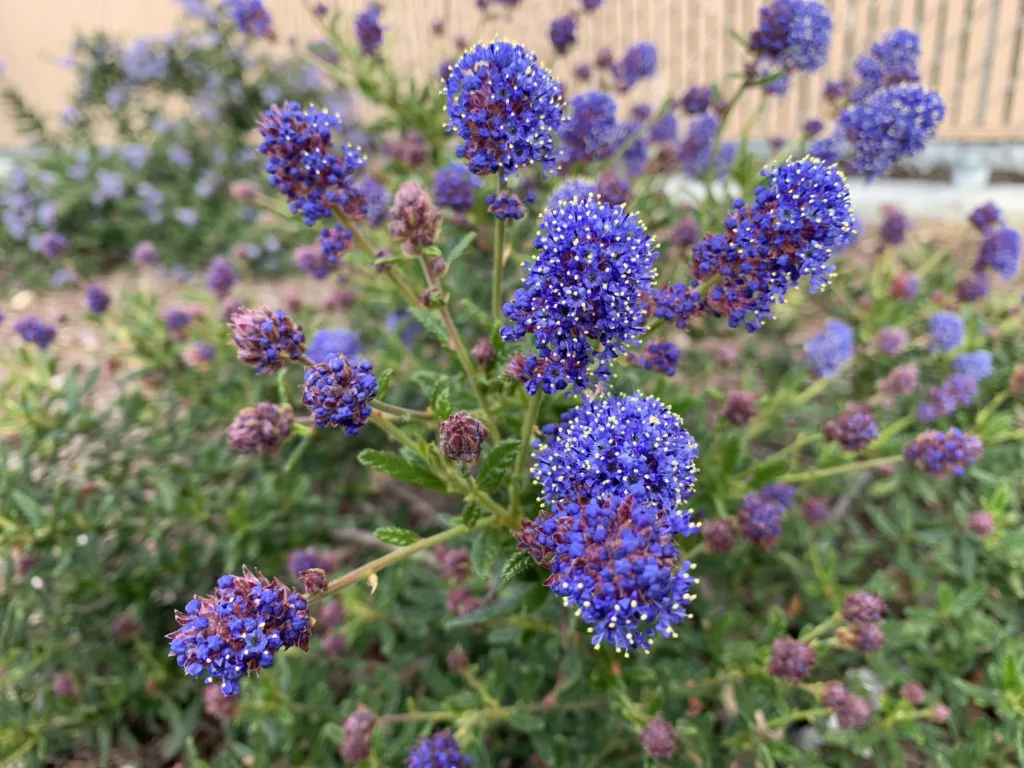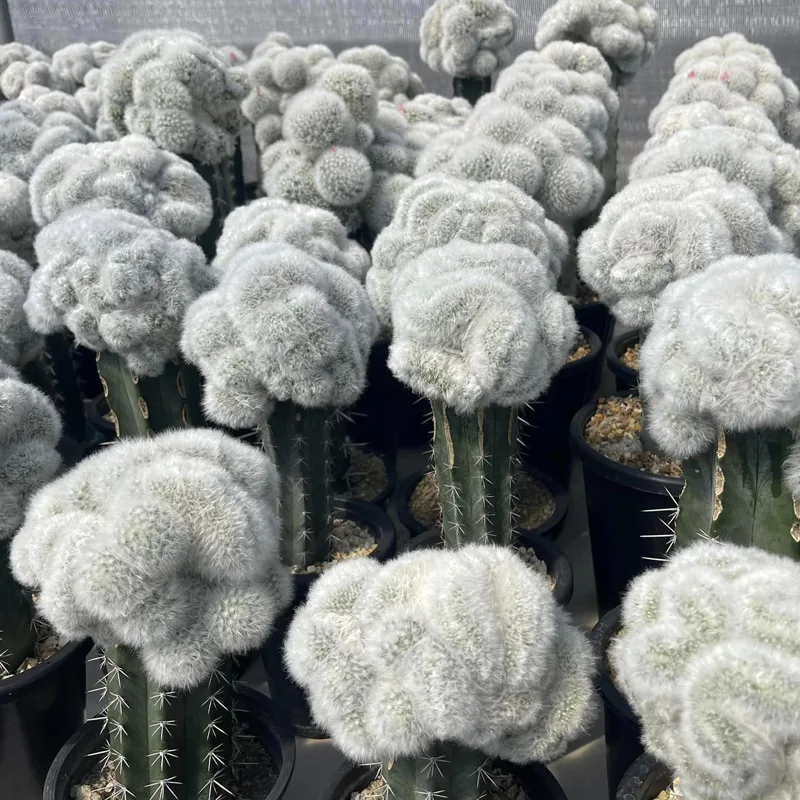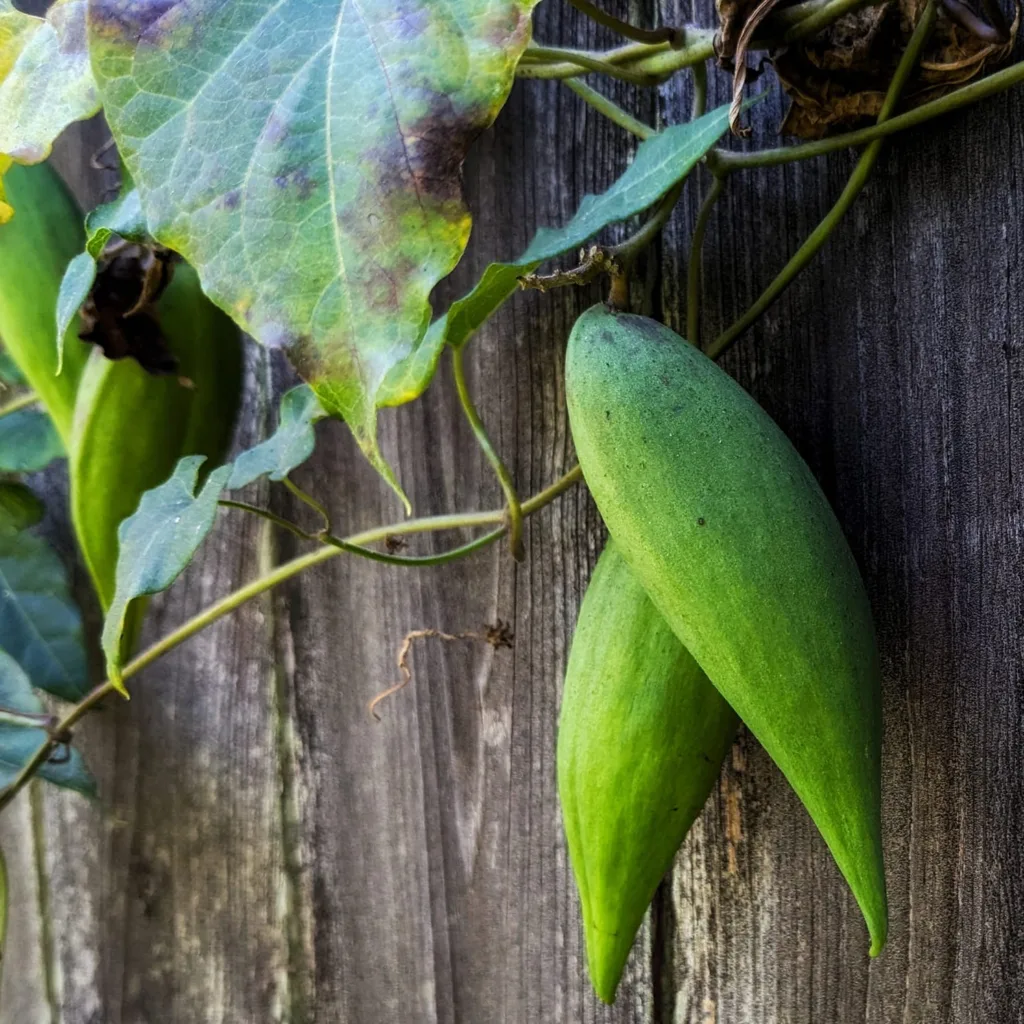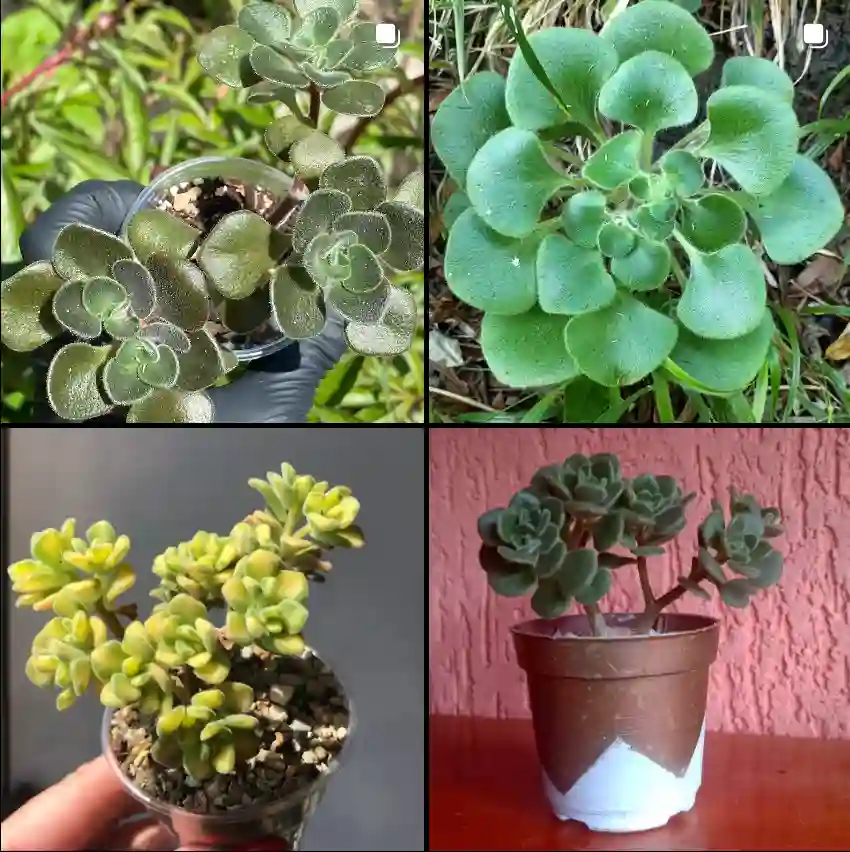Eriogonum Umbellatum: A Resilient Beauty for Your Garden
As a landscape designer, I’m constantly seeking plants that offer both visual appeal and ecological benefit. Eriogonum Umbellatum, commonly known as Sulphur-flower Buckwheat, consistently ticks all the boxes. This native North American wildflower has become a favorite of mine, and for good reason. Here, I’ll answer some of the most common questions I get about this fantastic plant.
258 Species in Genus Eriogonum
What is Eriogonum Umbellatum?
Eriogonum Umbellatum is a low-growing, herbaceous perennial shrub native to the western United States. It thrives in dry, sunny locations and boasts vibrant yellow flowers that mature to a rusty red, adding a touch of autumn flair to your garden throughout the seasons.
How is it Different from Buckwheat?
While its name suggests a connection to Buckwheat (Fagopyrum esculentum), Eriogonum Umbellatum isn’t related. True Buckwheat is a fast-growing annual grain crop cultivated for its edible seeds. Eriogonum Umbellatum, on the other hand, is a slow-growing perennial prized for its ornamental value.
What are the Benefits of Planting Eriogonum Umbellatum?
This versatile plant offers a multitude of benefits:
- Drought Tolerance: Eriogonum Umbellatum is a champion of dry conditions. Its deep taproot system allows it to access water reserves deep underground, making it ideal for low-water landscapes.
- Low Maintenance: Once established, Eriogonum Umbellatum requires minimal care. It’s naturally resistant to pests and diseases, and its low-growing habit eliminates the need for frequent pruning.
- Wildlife Magnet: The vibrant yellow flowers attract a variety of pollinators like bees, butterflies, and hummingbirds. Additionally, the seeds provide a valuable food source for birds and small mammals.
- Erosion Control: Eriogonum Umbellatum’s dense, spreading foliage helps prevent soil erosion on slopes and hillsides.
- Aesthetic Appeal: With its cheerful yellow flowers and attractive red seed heads, Eriogonum Umbellatum adds a touch of color and texture to your garden beds or rock gardens.
How Do I Plant and Care for Eriogonum Umbellatum?
Planting Eriogonum Umbellatum is a breeze:
- Choose a Location: Select a sunny location with well-drained soil. Sandy or rocky soils are ideal.
- Planting: Plant seeds directly in the garden in fall or early spring. Alternatively, you can purchase containerized plants and transplant them during the growing season.
- Watering: Water deeply during the first growing season, but allow the soil to dry completely between waterings. Once established, Eriogonum Umbellatum requires minimal supplemental watering.
- Fertilization: This plant thrives in poor to moderately fertile soil. Avoid overfertilizing, as it can diminish flowering.
- Pruning: Deadheading spent flowers can encourage additional blooms throughout the season. Light pruning in late winter or early spring helps maintain a tidy appearance.
Can Eriogonum Umbellatum Grow in My Climate?
Eriogonum Umbellatum is native to dry regions of western North America and thrives in USDA hardiness zones 4 to 9. It’s well-suited to hot, dry summers and mild winters.
Where Can I Buy Eriogonum Umbellatum?
Eriogonum Umbellatum seeds are readily available online and at some nurseries specializing in native plants. Containerized plants may be harder to find but can sometimes be sourced from online retailers or specialty nurseries.
What are Some Companion Plants for Eriogonum Umbellatum?
Eriogonum Umbellatum pairs beautifully with other drought-tolerant plants that share similar sun requirements. Here are some excellent choices:
- Ornamental Grasses: Blue grama grass (Bouteloua gracilis), feather reed grass (Calamagrostis spp.)
- Perennials: Yarrow (Achillea millefolium), Russian sage (Perovskia atriplicifolia), Purple coneflower (Echinacea purpurea)
- Low-growing Shrubs: Butterfly bush (Buddleia davidii), Potentilla fruticosa
By incorporating Eriogonum Umbellatum into your garden design, you’ll not only add a touch of beauty but also contribute to a healthy ecosystem for pollinators and other wildlife. So, embrace this low-maintenance charmer and enjoy its vibrant colors and ecological benefits for years to come.
If i die, water my plants!



